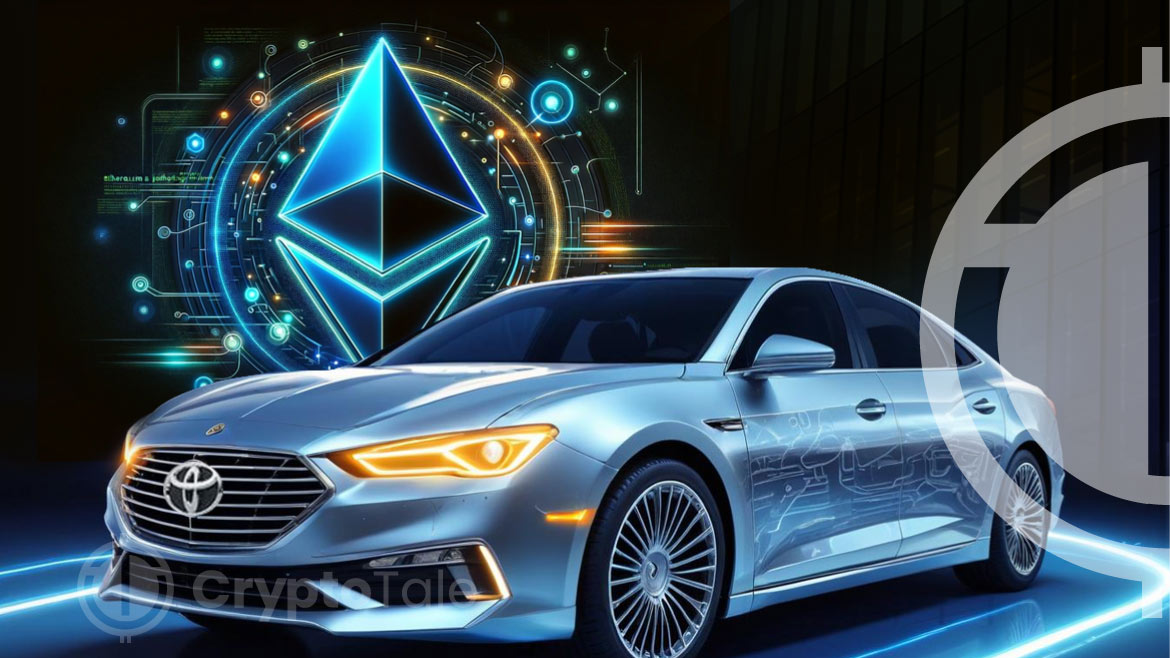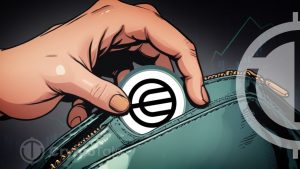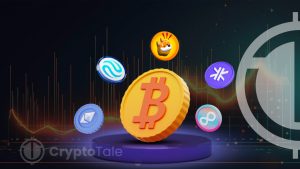
Toyota, a global automotive leader, is taking a significant step into blockchain technology to revolutionize car management. Through its Mobility 3.0 concept, Toyota aims to transform vehicles into digital entities using Ethereum, enhancing their interaction with public infrastructure.
This initiative, driven by Toyota’s Blockchain Lab, introduces Mobility-Oriented Accounts (MOA) using Ethereum’s ERC-4337 standard, making cars more programmable, secure, and service-focused.
In April 2023, Toyota introduced the Mobility 3.0 concept, envisioning a future where cars seamlessly interact with public spaces, including traffic lights, other vehicles, and pedestrians.
This approach transforms cars from personal property into semi-public entities, sharing information with numerous stakeholders to boost efficiency and transparency.
Digitally, this concept involves overlaying states of both the driver and the vehicle on a blockchain, making each car function like a digital account.
The MOA framework proposed by Toyota leverages ERC-4337 to overcome traditional blockchain account limitations. Typically, storing a private key within the vehicle poses significant risks.
If the private key is lost, the account is irretrievable. Moreover, traditional accounts have limited functionality on the blockchain, requiring additional contracts to manage car information, adding complexity.
ERC-4337 separates authentication from key management, ensuring account safety even if the private key is lost. This standard allows for safer, more flexible account management and facilitates transparent and efficient car information management, including usage history and maintenance records.
MOA also introduces multi-entity approval for car transactions, enhancing security and accountability. Various stakeholders can approve operations, such as car users, owners, manufacturers, dealers, and government agencies. This multi-entity approval process makes car operations more secure and accountable.
Pixelverse and Notcoin Partnership Boosts $1M Trading Competition in Web3 GamingFurthermore, the CREATE2 opcode in ERC-4337 allows addresses to be set before account deployment, bridging current vehicle ID systems with on-chain addresses and simplifying the process.
Toyota’s blockchain initiative envisions fully autonomous vehicles as service entities that function independently without human operation. Cars, as smart accounts on the blockchain, could interact seamlessly with various services and users, enhancing the practicality of driverless cars.
To digitally represent mobility, basic operations such as unlocking and starting the car are handled through the MOA-In-Vehicle Device (MOA-IVD). This device accesses the on-chain state of MOA, facilitating hardware operations via user interactions with blockchain-recorded NFTs. This approach allows flexible digital rights for car operations, simplifying car-sharing services.














